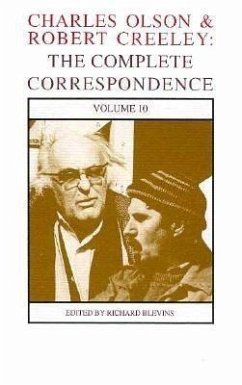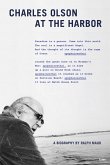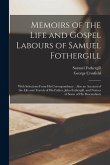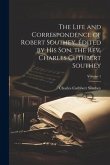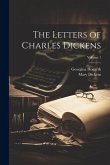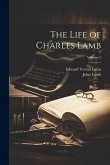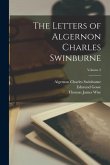Both poets, opening this third year of their correspondence, are discovered in unsettled life-states -- Creeley restlessly moving his young family around isolated Mediterranean villages, Olson drifting indecisively between conflicting roles as mentor at Black Mountain and writer in Washington, D.C. -- but the intensity and volume of their letters remains a constant, comprising the mutually-proposed foundation in thought and words that secures and locates both men in the midst of the challenging projective openness of their still highly indeterminate creative existences. Freedom is moreover a large underlying theme here, with Olson, privately going through a marital crisis at the time, perhaps signalling something of his closely-guarded inner struggle in characteristically impersonal comments on the tragedy of individual freedom: "Fixed fate itself is no single pattern but is the pattern any man imposes", he declares. "The limits of his freedom are only the limits of his willingness to acknowledge force... I will not be intimidated by any assumptive pattern, even the most pressing dream, let alone any agent or expression of force outside myself". "I think that no one can be open", Creeley writes back to his as-yet-unmet friend from across the wide ocean, "unless there is singleness in him". For his part, Creeley's letters here increasingly demonstrate the insistently desperate singularity that informs his early poetry with its special temper and character. The verse indeed now can be seen to mature visibly, a familiar signature of genius emerging before our eyes in the poet's careful glosses of such early pieces as "After Lorca", from a letter of June 23, 1952: "The other night, manwho works the garden, or most of it, talking about... Lorca who he grew up with... I made a translation of his telling it, he gave it in Spanish, and then in a sort of French -- with real wild movements of his hands... It's a damn wild feel, to get anything like that. Mouth
Hinweis: Dieser Artikel kann nur an eine deutsche Lieferadresse ausgeliefert werden.
Hinweis: Dieser Artikel kann nur an eine deutsche Lieferadresse ausgeliefert werden.

